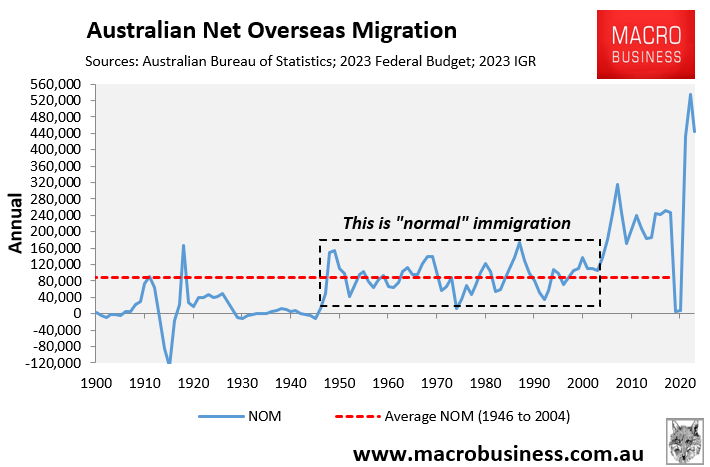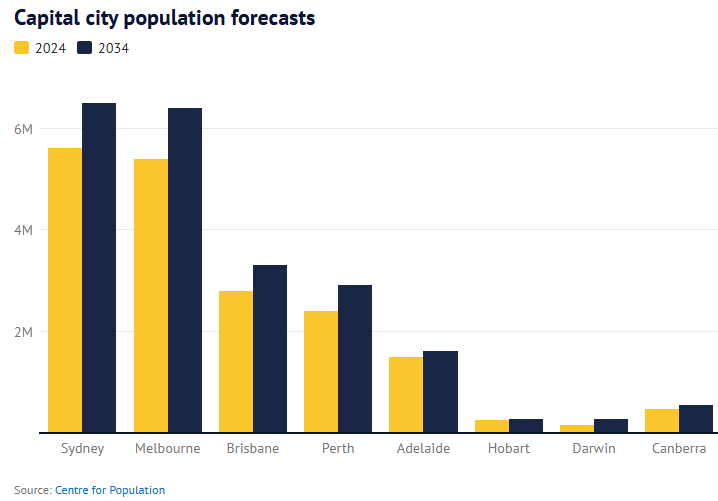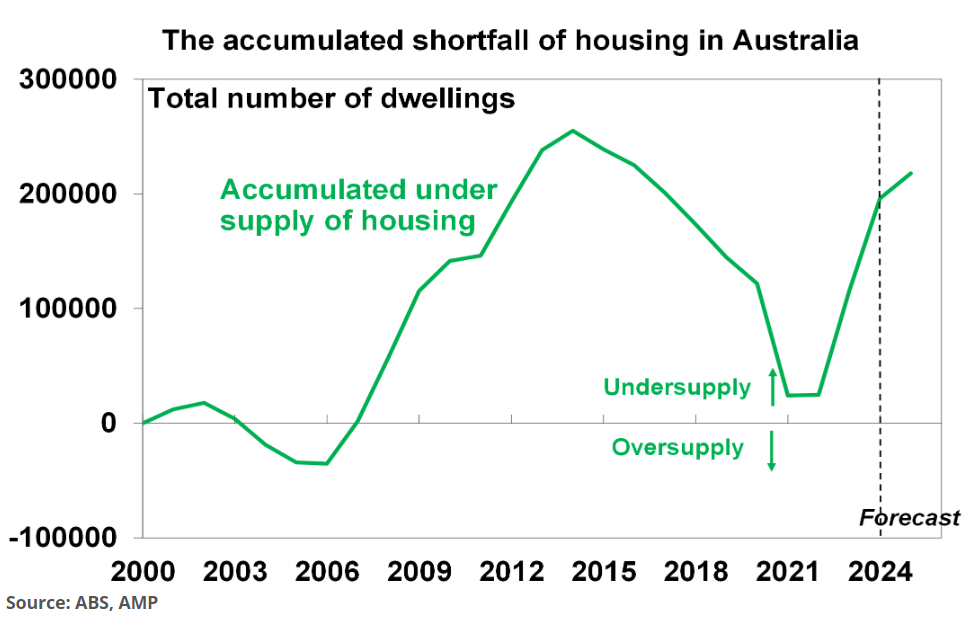Late last month, the International Monetary Fund (IMF) released its annual review of Australia, which lectured Australia about major housing reform.
The IMF claims that Australia needs a major policy package to deal with the nation’s unaffordable housing, saying everything from tax to the supply of new land should be on the table.
“A comprehensive policy package is essential to tackle Australia’s housing affordability crisis, focusing on increasing the construction workforce, relaxing zoning regulations, advancing initiatives to boost new housing supply, and re-evaluating property taxes and stamp duty”, it said.
The IMF also criticised proposals by the Coalition to ease lending standards.
“Macroprudential policies should remain stringent to protect household balance sheets, especially in the context of rising housing prices”, it said.
“Additionally, the authorities are encouraged to proactively adapt their macroprudential tools to pre-empt excessive build-up in household indebtedness, including when the time is appropriate for monetary policy easing”.
I have no problem with the policies put forward by the IMF. In fact, I believe that they would be beneficial for housing affordability overall.
My issue with the IMF is that it has said that everything should be on the table but has deliberately omitted the single best “solution” to Australia’s housing crisis: significantly lower levels of immigration.

Excessively high levels of immigration are disastrous for housing affordability, and first-home buyers and renters in particular, as it:
- Increases rents, harming tenants directly and making it more difficult for first-home buyers to save a deposit.
- Increases house prices, pushing ownership further out of reach.
- Forces Australians to live in smaller dwellings (e.g. shoebox apartments) or further away from the city centre.
Recall that the latest Population Statement from the Australian Treasury’s Orwellian Centre for Population forecasts that Australia’s population would balloon by 4.1 million residents over the next 10 years—most of whom will live in Sydney, Melbourne, Brisbane, and Perth.

Melbourne is projected to add one million residents over the coming decade; Sydney will add 900,000; and Brisbane and Perth will add 500,000 residents apiece.
Australia already has a housing shortage of more than 200,000 dwellings.

Therefore, such rapid population expansion, driven almost entirely by strong net overseas migration, will worsen housing and infrastructure shortages across Australia’s major cities.
The projected 410,000 annual population growth—almost equivalent to the population of Canberra annually—will ensure that population demand forever overruns supply, putting upward pressure on housing rents and prices.
If the IMF was genuinely concerned about Australian housing affordability, it would recommend significantly lower levels of immigration.
The reality is that organisations like the IMF and OECD love preaching to Australia about the joys of open borders. Whether or not their member nations practice it.

